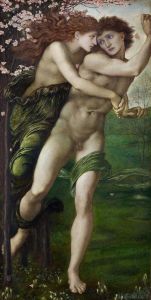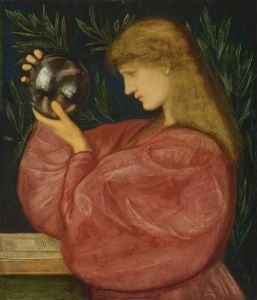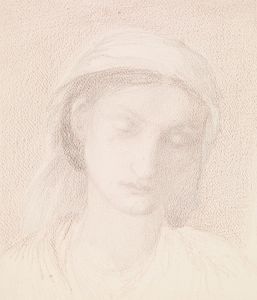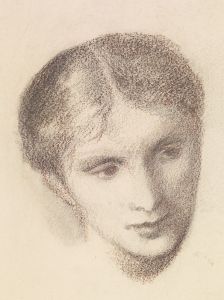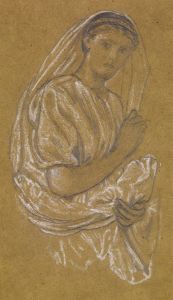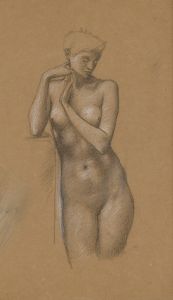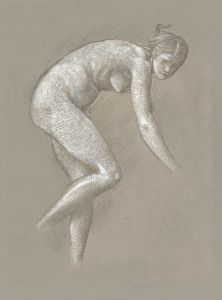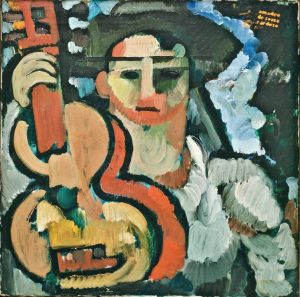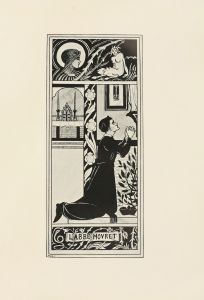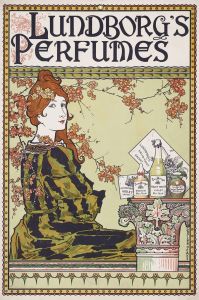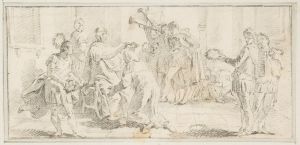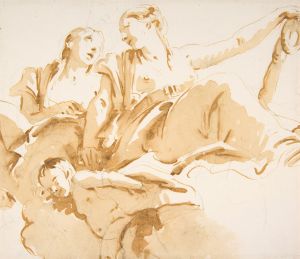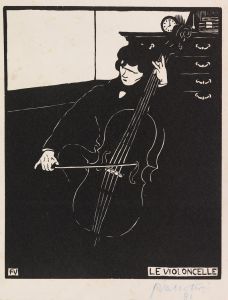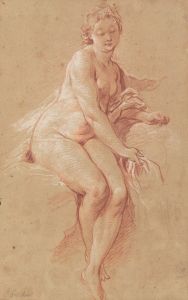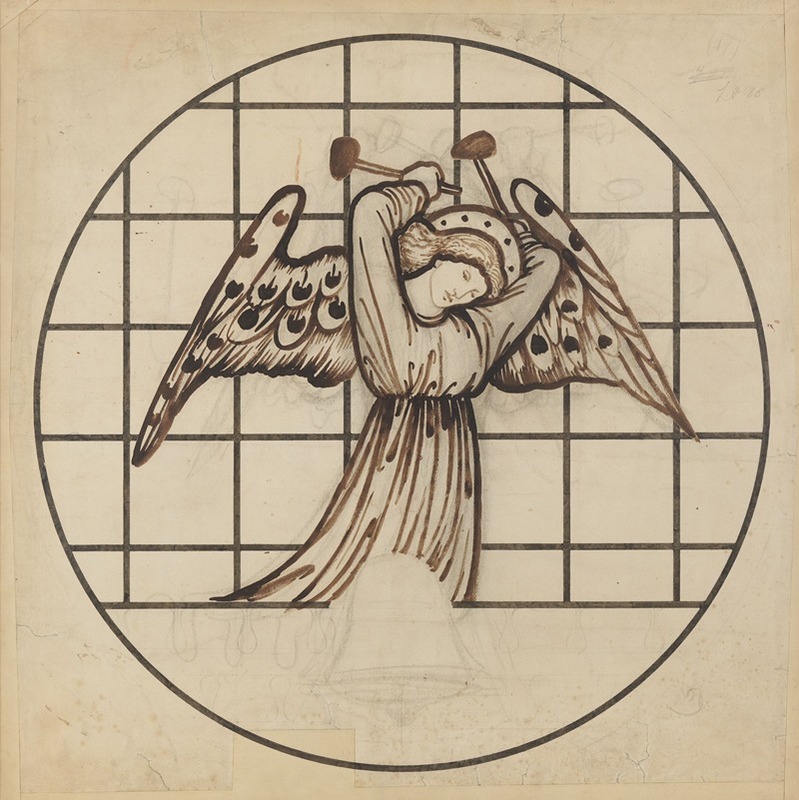
Angel Playing on Bells II
A hand-painted replica of Sir Edward Coley Burne-Jones’s masterpiece Angel Playing on Bells II, meticulously crafted by professional artists to capture the true essence of the original. Each piece is created with museum-quality canvas and rare mineral pigments, carefully painted by experienced artists with delicate brushstrokes and rich, layered colors to perfectly recreate the texture of the original artwork. Unlike machine-printed reproductions, this hand-painted version brings the painting to life, infused with the artist’s emotions and skill in every stroke. Whether for personal collection or home decoration, it instantly elevates the artistic atmosphere of any space.
"Angel Playing on Bells II" is a painting by the British artist Sir Edward Coley Burne-Jones, a prominent figure in the Pre-Raphaelite Brotherhood, an art movement that emerged in the mid-19th century. Burne-Jones is renowned for his romantic and often mystical style, which drew heavily on medieval themes, classical mythology, and biblical stories. His works are characterized by their intricate detail, rich color palettes, and ethereal subjects.
The painting "Angel Playing on Bells II" is part of a series of works by Burne-Jones that depict angels engaged in various musical activities. These works reflect the artist's fascination with the spiritual and the divine, as well as his interest in the harmonious relationship between music and the celestial realm. The depiction of angels playing musical instruments is a recurring theme in Burne-Jones's oeuvre, symbolizing purity, beauty, and the transcendental nature of art.
In "Angel Playing on Bells II," the central figure is an angel, portrayed with delicate features and flowing garments, typical of Burne-Jones's style. The angel is shown playing a set of bells, an instrument that, in the context of the painting, may symbolize the heavenly music that is often associated with the divine. The use of bells also suggests a connection to the idea of harmony and order, themes that are prevalent in Burne-Jones's work.
The painting is executed with Burne-Jones's characteristic attention to detail and use of color. The palette is likely to include soft, muted tones, which contribute to the serene and otherworldly atmosphere of the piece. The composition is carefully balanced, with the angel positioned centrally, drawing the viewer's eye to the focal point of the painting.
Burne-Jones's work was heavily influenced by his association with the Pre-Raphaelite Brotherhood, a group of artists who sought to return to the detail, intense colors, and complex compositions of Quattrocento Italian art. They rejected the mechanistic approach that had come to dominate the academic art of their time, instead embracing a style that emphasized beauty, emotion, and a connection to nature and spirituality.
"Angel Playing on Bells II" exemplifies Burne-Jones's commitment to these ideals. His work often explores themes of love, death, and the passage of time, using mythological and allegorical subjects to convey deeper philosophical and spiritual messages. The angel, as a symbol of divine intervention and guidance, fits seamlessly into this framework, offering viewers a glimpse into a world where the earthly and the heavenly are intertwined.
Burne-Jones's influence extended beyond the Pre-Raphaelite movement, impacting the development of the Symbolist and Aesthetic movements in art. His works continue to be celebrated for their beauty and their ability to evoke a sense of wonder and introspection.
While specific details about the provenance or exhibition history of "Angel Playing on Bells II" may not be widely documented, Burne-Jones's paintings are held in high regard and are featured in numerous public and private collections around the world. His legacy as a master of romantic and mystical art endures, with "Angel Playing on Bells II" serving as a testament to his skill and vision.





